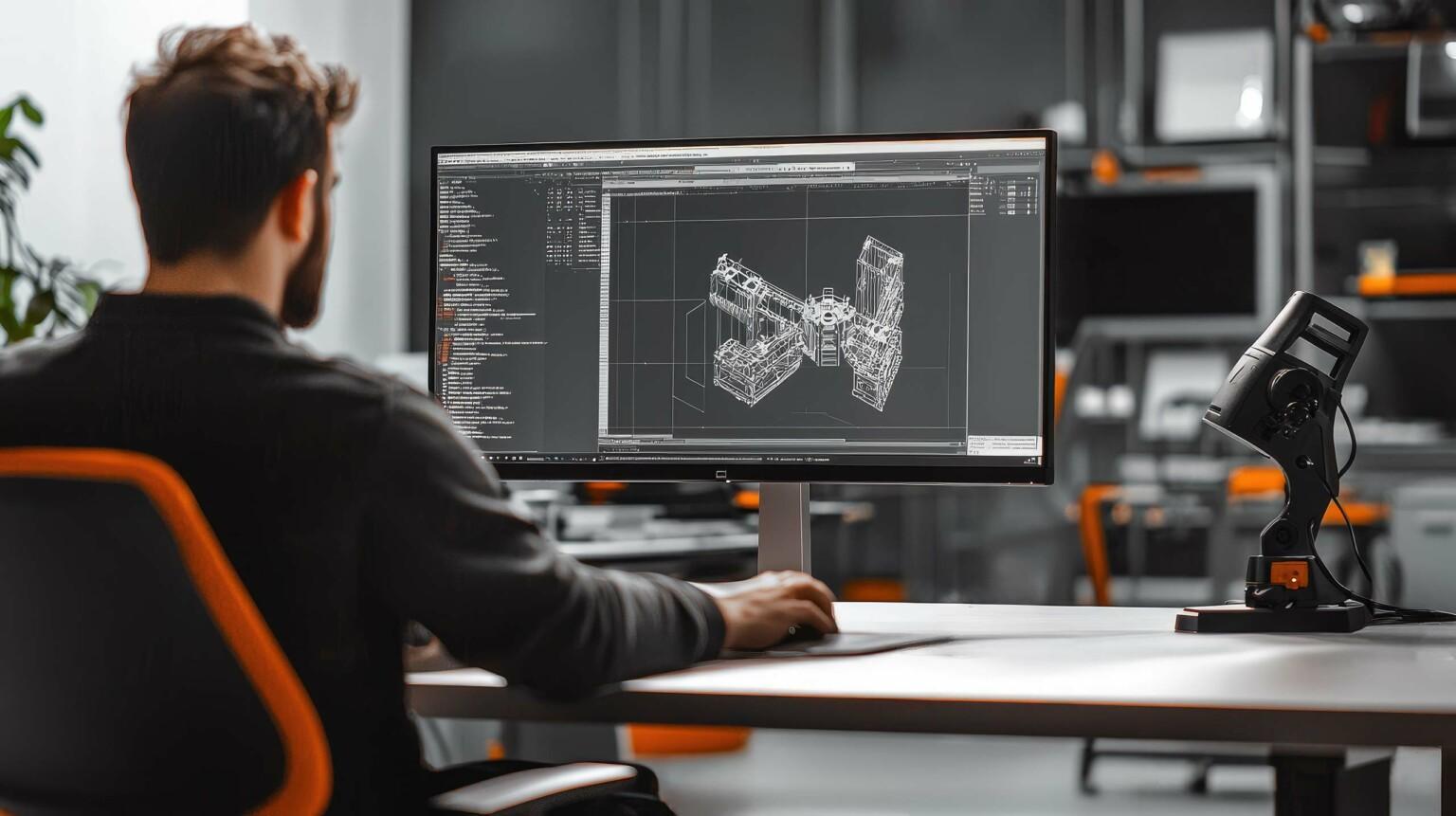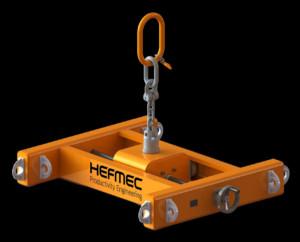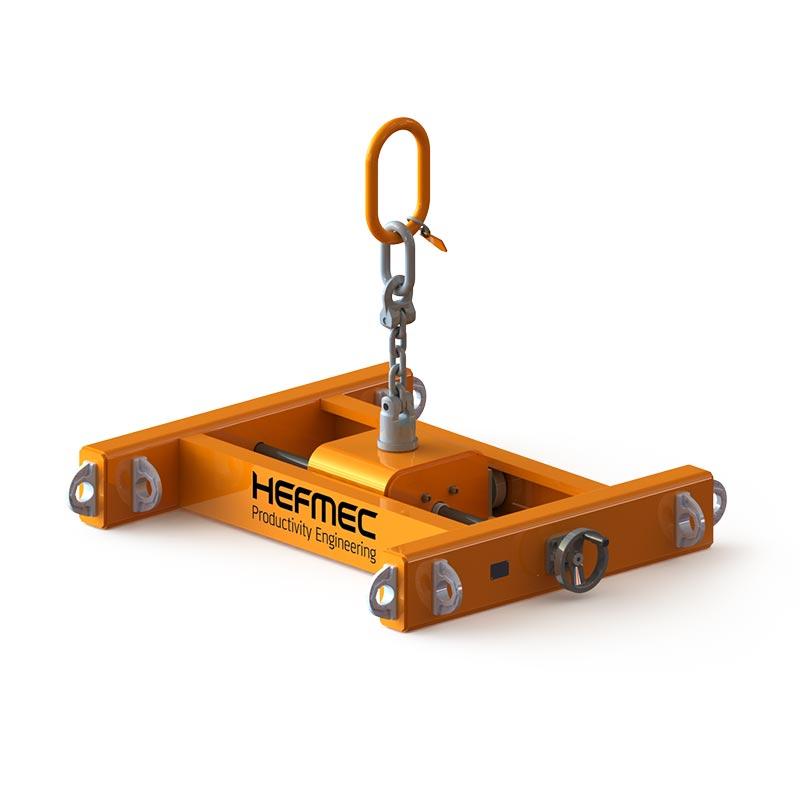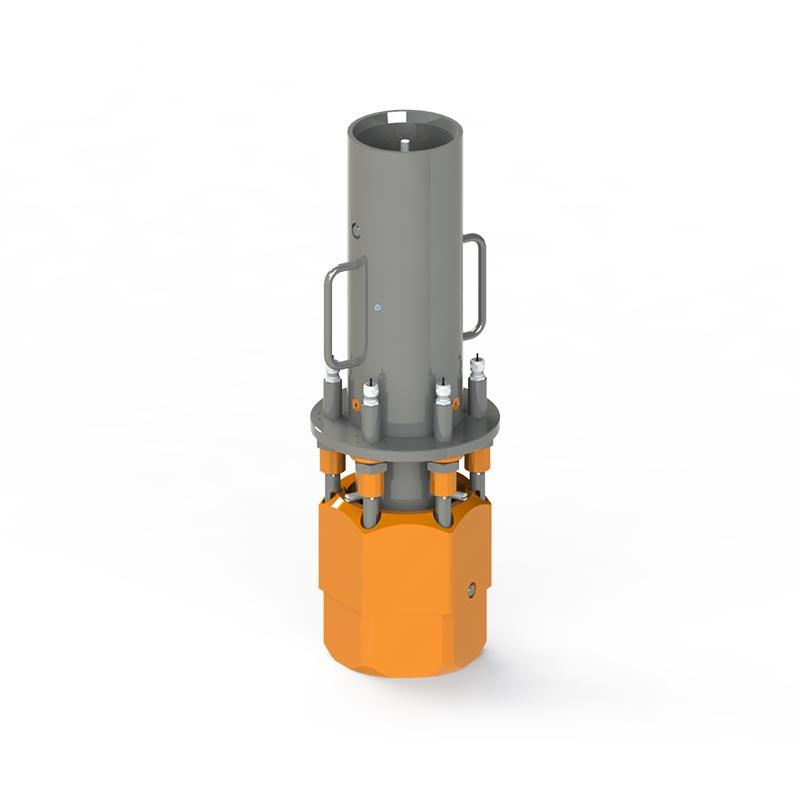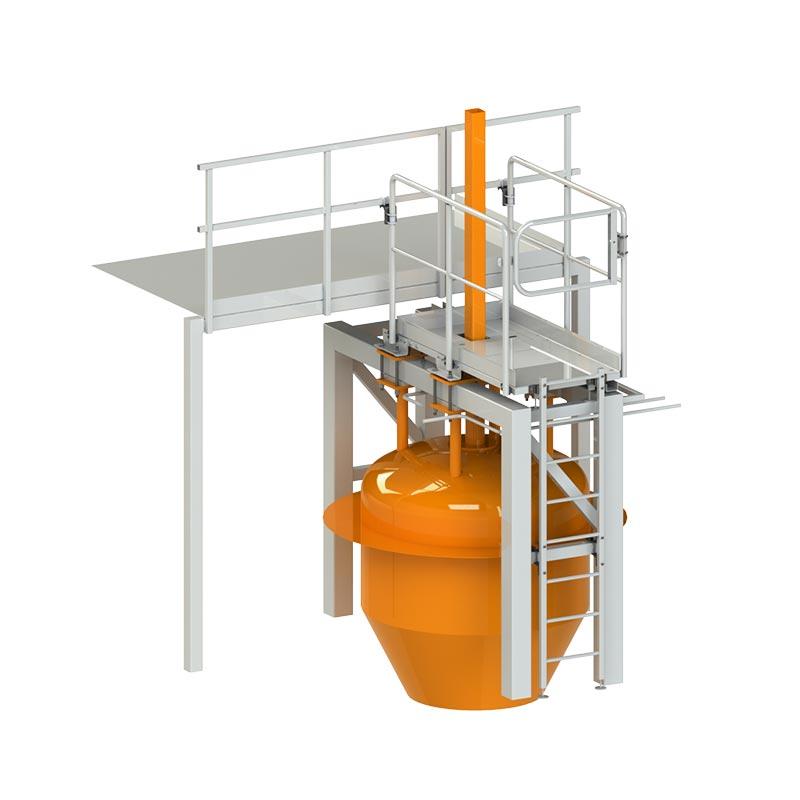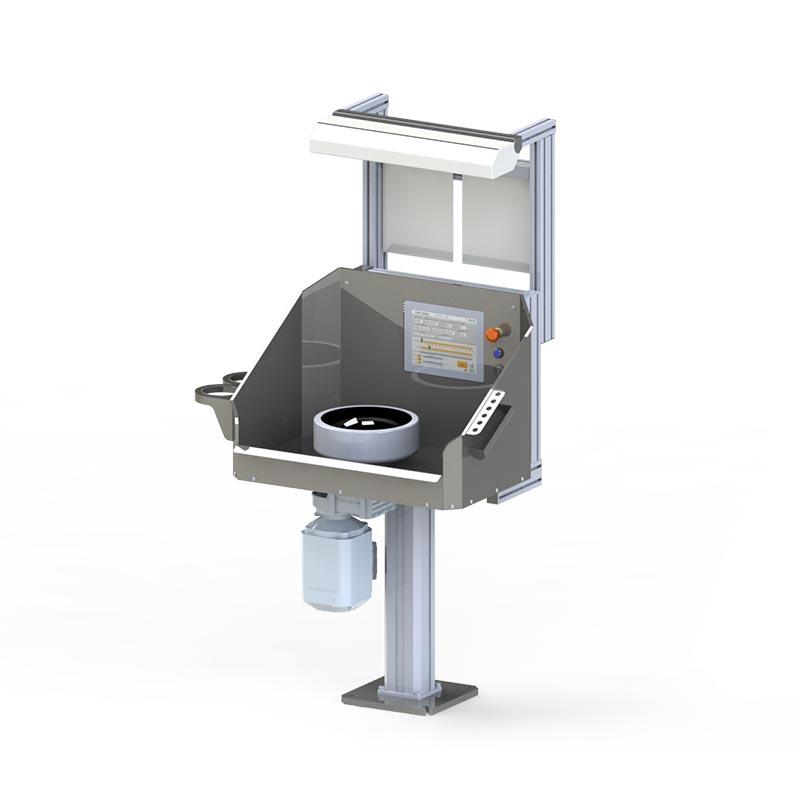Making industrial companies’ production processes more efficient requires careful planning and well-targeted solutions. Professional mechanical design provides the key to overcoming production bottlenecks and obstacles by developing tailor-made technical solutions to your company’s specific problems. This optimises material flows, streamlines work processes and significantly increases production capacity. By identifying problem areas and applying well thought-out design solutions, production efficiency is greatly improved.
What are the most common production problems in industry?
Regardless of the industry, production efficiency is often constrained by similar bottlenecks. Typically, these relate to outdated or under-capacity equipment that is unable to meet current production needs. Studies show that up to 78% of manufacturing companies suffer from at least one major production bottleneck.
Material flow problems are another major bottleneck. According to a survey of the Finnish metal industry, the transport, storage and handling of materials takes up on average 35% of the total time of the production process. Illogical production layouts and poorly planned transitions between work steps slow down the process considerably.
Inefficient work processes and manual operations also cause significant delays. The lack of automation, especially in repetitive operations, is reflected both in limited production capacity and in quality variation. In the food industry, for example, increasing automation on packaging lines has increased production capacity by an average of 40-60%.
How to identify production bottlenecks in your company?
Identifying bottlenecks in production requires a systematic approach and a thorough analysis of processes. Process mapping is the first step, where the entire production chain is visually documented, identifying each step, material transfer and waiting time. This helps to see the process as a whole and identify the most obvious problem areas.
Measuring production times provides quantitative data on the efficiency of the process. By measuring the lead times of different work steps, it is possible to identify those points that are significantly slower than other steps. These slower steps form bottlenecks in production and limit the efficiency of the whole process.
Employee interviews are also a valuable source of information, as those who work in production are the most familiar with the practical challenges of the process. Hefmec’s project experience shows that operators’ observations often lead to significant improvements in production processes.
Data analysis from production monitoring systems reveals longer-term trends and fluctuations. Analytical tools help identify production machine utilisation rates, downtime and quality deviations that can indicate process bottlenecks.
Why is mechanical design key to solving the problem?
Mechanical design provides practical solutions to identified production bottlenecks. Professional design enables the optimisation of production processes at a structural level, where the entire operating logic of machinery, equipment and production facilities can be modernised for greater efficiency.
One of the key strengths of mechanical design is the development of tailor-made solutions for a specific company. Standard solutions rarely perfectly address the specific challenges of a single plant, but targeted mechanical design enables precise problem solving.
Mechanical design has a significant impact on the smoothness of the overall process. In the food industry, for example, a redesign of a packaging line by Hefmec improved production capacity by 45% and reduced material waste by 30%. Similarly, in the engineering industry, customised production aids have reduced set-up times by up to 70%.
What concrete mechanical design solutions exist?
Automation equipment represents the most efficient way to remove bottlenecks associated with manual operations. Feeders, automatic assembly machines and quality control systems can multiply production speeds and improve quality. The benefits of automation are undeniable, especially in repetitive operations.
Conveyor systems and material handling equipment optimise material flows in the plant. Tailor-made conveyor solutions allow products to move smoothly from one work step to the next, minimising waiting times and the need for manual handling. For example, automation of material handling in the wood industry improved lead times by 65% and reduced the need for forklift trucks by 80%.
Robotics offers flexible solutions to varying production needs. Modern collaborative robots (cobots) enable safe working alongside humans, facilitating ergonomically challenging or repetitive tasks. In the production of metal components, robotic finishing improved production speeds by 70% while quality improved significantly.
The redesign of tools and fixtures can significantly speed up set-up times and improve the ergonomics of work steps. In Hefmec’s small batch production, customized quick clamps reduced set-up times by 85%, making small batch production significantly more profitable.
How to measure the impact of mechanical design solutions on production efficiency?
Measuring lead times is one of the most important measures of the effectiveness of design solutions. By comparing the total production lead time before and after the implementation of mechanical design solutions, a clear picture of their impact can be obtained. The same applies to the lead times of individual work steps, which are often significantly reduced by automation.
Material wastage is another key indicator, especially in manufacturing processes. Carefully designed material handling and machining processes reduce waste and improve material efficiency. Automated measuring and cutting can reduce material waste by up to 40% compared to manual processes.
The increase in production capacity reflects the overall impact of design solutions. In practice, this translates into an increase in production volumes for the same number of staff or the ability to meet growing demand without significant additional investment in staff.
ROI (Return on Investment) is a key indicator of the financial viability of mechanical design solutions. Typically, the payback period for successful engineering solutions ranges from 6 to 18 months, although in the case of major process changes, the benefits can be realised in just a few months.
The future of mechanical design for production optimisation
The role of mechanical design in solving production bottlenecks will become even more important in the future. Industrial digitalisation and increasing automation require more integrated design solutions where mechanics, automation and digital systems work seamlessly together.
Digital Twin technology represents a new direction in mechanical design. Virtual simulations allow production processes to be tested and optimised before physical changes are made, saving time and resources. Hefmec is increasingly using simulations to identify production bottlenecks and evaluate solutions.
The use of AI in design processes will improve the efficiency of solution development. Generative design and machine learning help to find optimal structural solutions that meet production challenges more efficiently.
For companies considering using mechanical design to improve production efficiency, we recommend starting the process with a thorough survey of the current state of production. By identifying the most significant bottlenecks and prioritising them according to their effectiveness, mechanical design resources can be targeted to areas where the greatest benefit can be achieved. An expert partner like Hefmec can help both in identifying bottlenecks and implementing solutions to improve efficiency.

